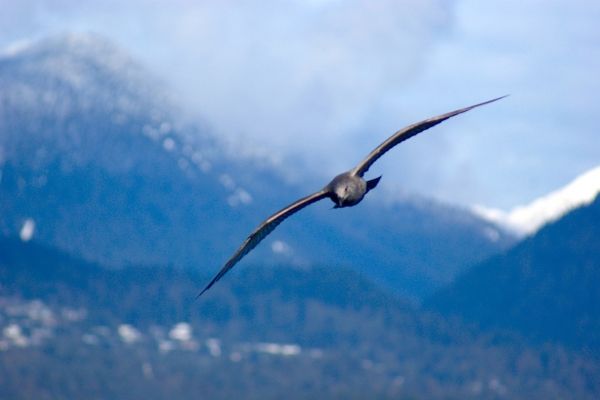A unique collaboration between University of Toronto aviation expert Philippe Lavoie and zoologists at the University of British Columbia offers new insights into how gulls shape their wings – findings that could be used to design more efficient drones.
Although a gliding bird’s ability to stabilize its flight path is critical to its ability to produce lift, relatively few quantitative studies on avian flight stability have been completed. This is what brought UBC researchers Christina Harvey, Vikram Baliga and Professor Doug Altshuler to Lavoie’s wind tunnel lab at the University of Toronto Institute for Aerospace Studies, or UTIAS.
The researchers measured the lift and drag on 12 different wing shapes, all with slightly different elbow angles. They determined that with a simple adjustment of gulls’ elbow joints – either to expand its wings outwards or inwards – the birds are able to transition across a broad range of wing shapes to stabilize glide.
When soaring, the wings are fully extended and more planar, corresponding to increased static stability. However, in windier and gustier conditions, gulls tend to reduce their elbow angle, resulting in a more rounded wing configuration with reduced static stability.
Continue reading at University of Toronto.
Image via University of Toronto.


